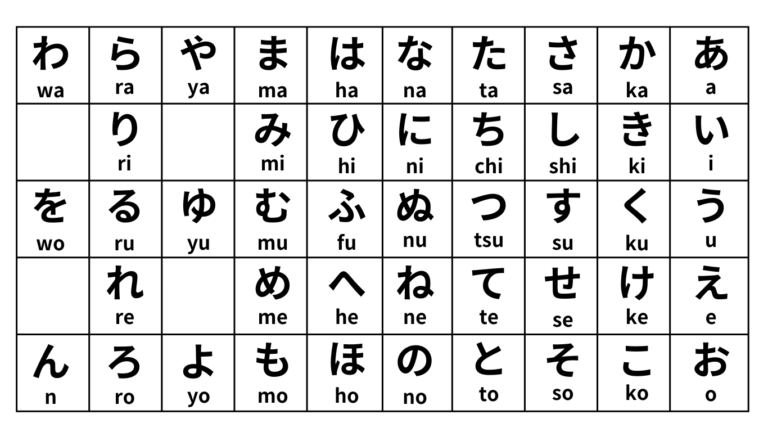Steps for Mastering Japanese
Learning Japanese is a rewarding journey that opens doors to one of the world’s most fascinating cultures. Whether you’re a beginner or an intermediate learner, improving your Japanese proficiency requires dedication, structured practice, and effective learning strategies. This comprehensive guide will explore proven methods to enhance your Japanese language skills and achieve fluency.
The Power of Immersion
Immersion is arguably the most effective way to accelerate your Japanese language acquisition. By surrounding yourself with authentic Japanese content, you create an environment that naturally reinforces learning and helps you understand the language in real-world contexts.
Audio-Visual Immersion
Japanese media offers an excellent opportunity to expose yourself to natural language usage. When watching Japanese movies, TV shows, or anime, start with subtitles in your native language, then progress to Japanese subtitles, and finally attempt to watch without subtitles. This gradual progression helps you develop better listening comprehension while maintaining engagement with the content.
Popular streaming platforms now offer extensive Japanese content, making it easier than ever to access native materials. News programs are particularly valuable as they often use formal Japanese and cover diverse topics, expanding both your vocabulary and cultural knowledge.
Audio Learning
Incorporating Japanese audio content into your daily routine can significantly improve your listening skills and pronunciation. Consider:
– Listening to Japanese podcasts during your commute
– Playing Japanese music while doing household chores
– Following Japanese YouTube channels that align with your interests
– Using audio lessons specifically designed for language learners
Speaking Practice: The Key to Fluency
While passive learning through immersion is valuable, active speaking practice is essential for achieving true fluency. Regular conversation practice helps develop muscle memory for pronunciation and improves your ability to think in Japanese.
Finding Speaking Partners
Several approaches can help you find speaking partners:
– Local Japanese cultural centers or language meetups
– University language exchange programs
– Online community forums dedicated to Japanese learning
Structured Speaking Practice
To make the most of your speaking practice:
1. Prepare conversation topics in advance
2. Record yourself speaking and analyze your pronunciation
3. Practice common phrases and responses for everyday situations
4. Role-play different scenarios to build situational vocabulary
5. Join Japanese conversation groups for group practice sessions
No products were found matching your selection.
Strategic Vocabulary Building
Expanding your vocabulary is crucial for improving overall proficiency. However, rather than memorizing random words, focus on acquiring vocabulary that’s relevant to your interests and daily needs.
Effective Vocabulary Learning Methods
– Create thematic word lists based on situations or topics
– Use spaced repetition software (SRS) like Anki for systematic review
– Learn words in context through example sentences
– Practice writing new words in kanji to reinforce memory
– Use mnemonics to remember challenging vocabulary
No products were found matching your selection.
Practical Application
Make vocabulary learning an active part of your daily routine:
– Label household items with Japanese words
– Keep a Japanese journal using new vocabulary
– Create mind maps for related words and concepts
– Practice using new words in conversations immediately
Embracing the Learning Process
Language learning is a marathon, not a sprint. Maintaining a positive mindset and embracing challenges is crucial for long-term success.
Overcoming Common Challenges
1. Speaking Anxiety:
– Start with supportive conversation partners
– Practice speaking alone to build confidence
– Focus on communication rather than perfection
– View mistakes as learning opportunities
2. Plateau Periods:
– Set specific, achievable goals
– Vary learning methods to maintain interest
– Celebrate small victories
– Join study groups for motivation and support
Cultural Integration
Understanding Japanese culture enhances language learning:
– Participate in cultural events
– Study Japanese customs and etiquette
– Connect with the Japanese community in your area
– Learn about Japanese history and traditions
Conclusion
Improving Japanese proficiency requires a multi-faceted approach combining immersion, active practice, strategic learning, and technological resources. Remember that consistency is more important than intensity – regular, focused practice will yield better results than occasional cramming sessions.
By following these strategies and maintaining a positive attitude toward learning, you’ll steadily progress toward your Japanese language goals. Remember that every successful Japanese speaker started as a beginner, and with dedication and the right approach, you can achieve your desired level of proficiency.
がんばりましょう!







